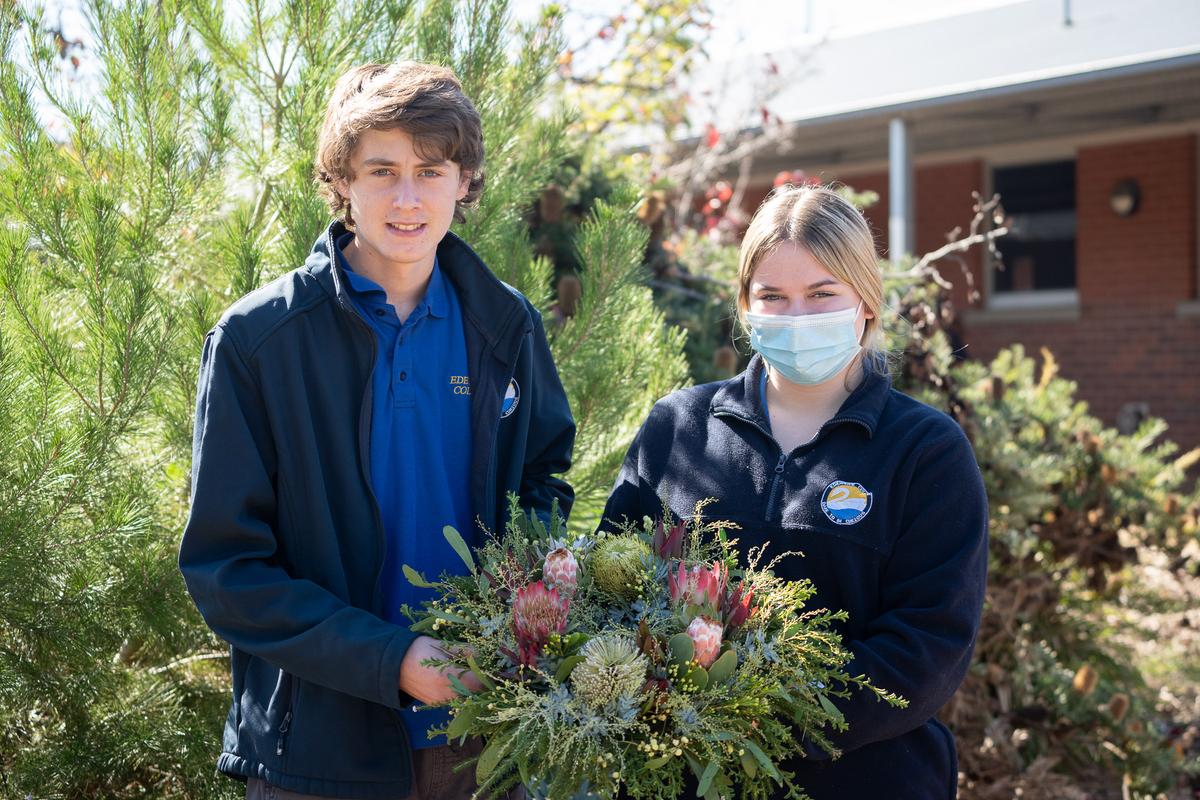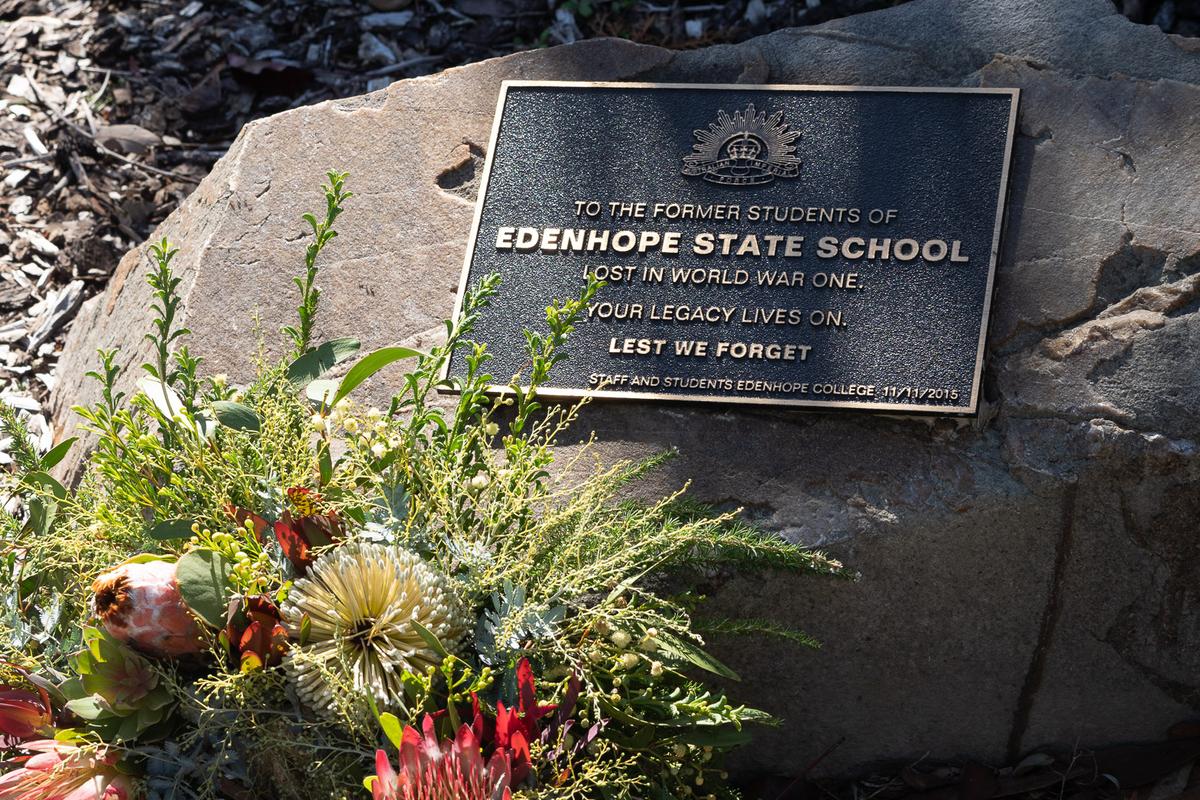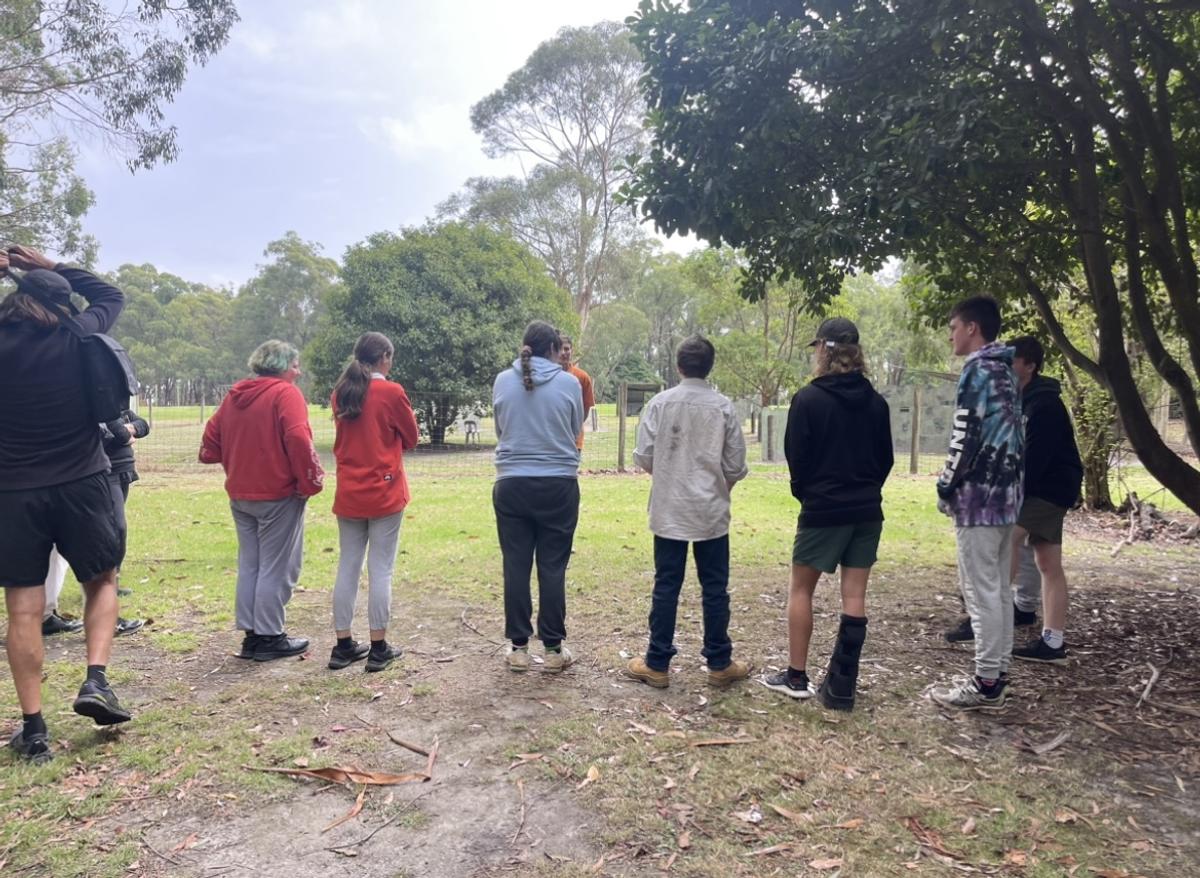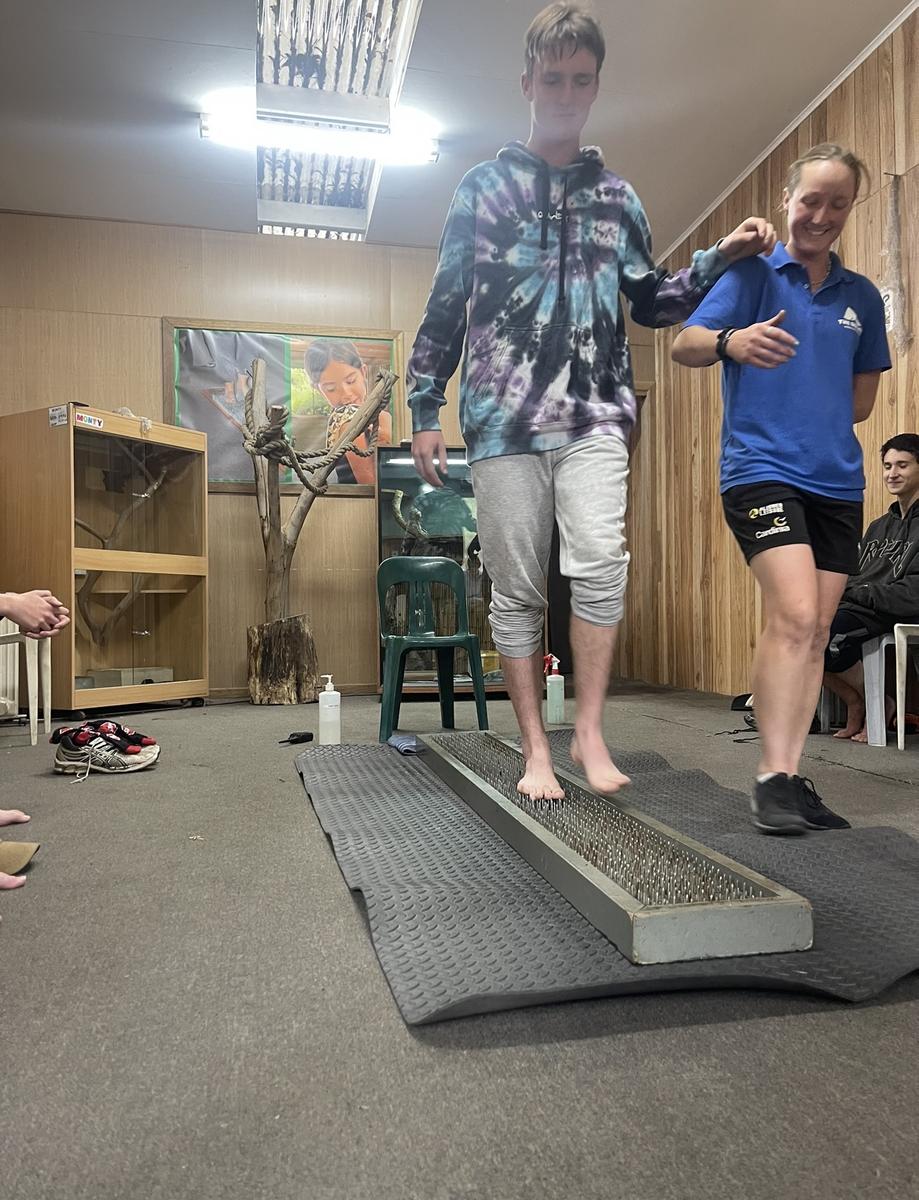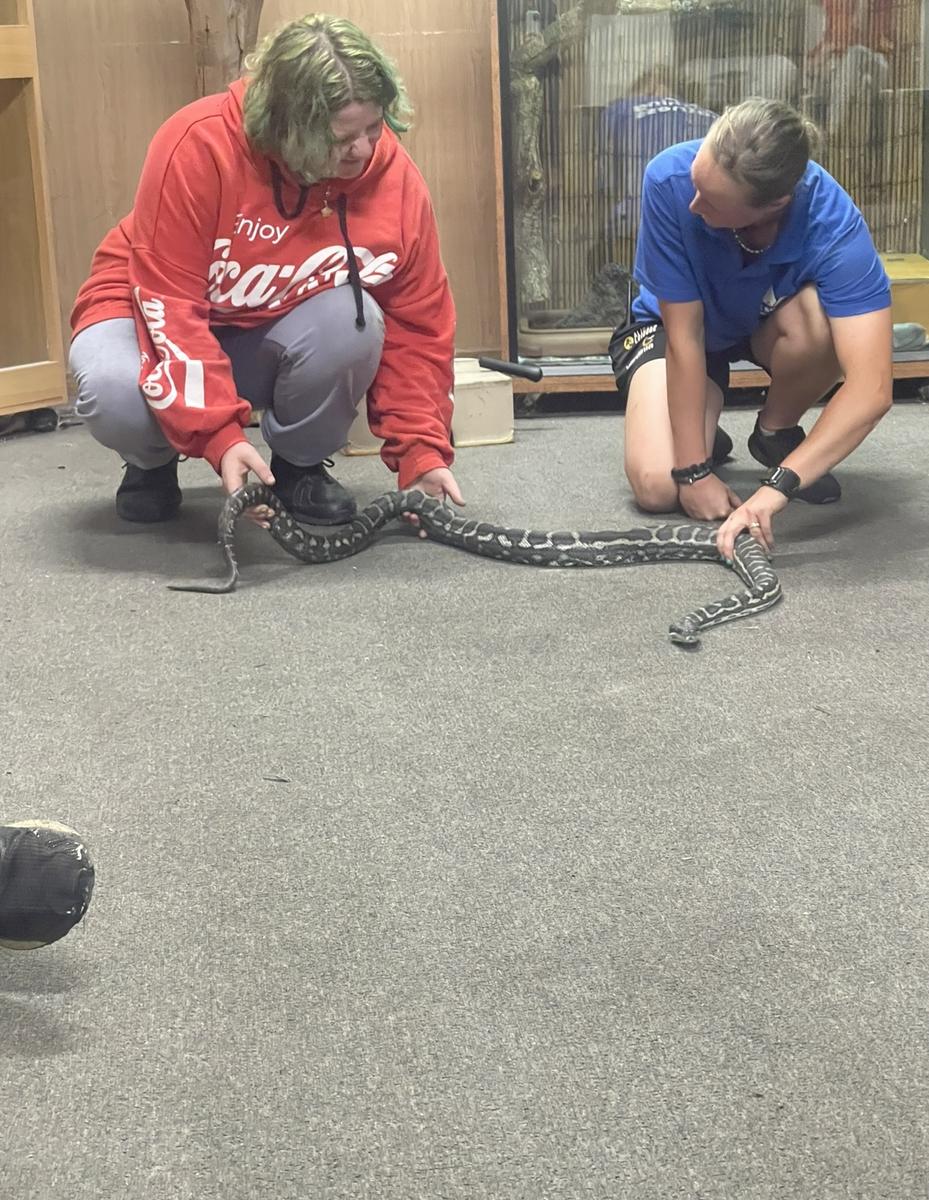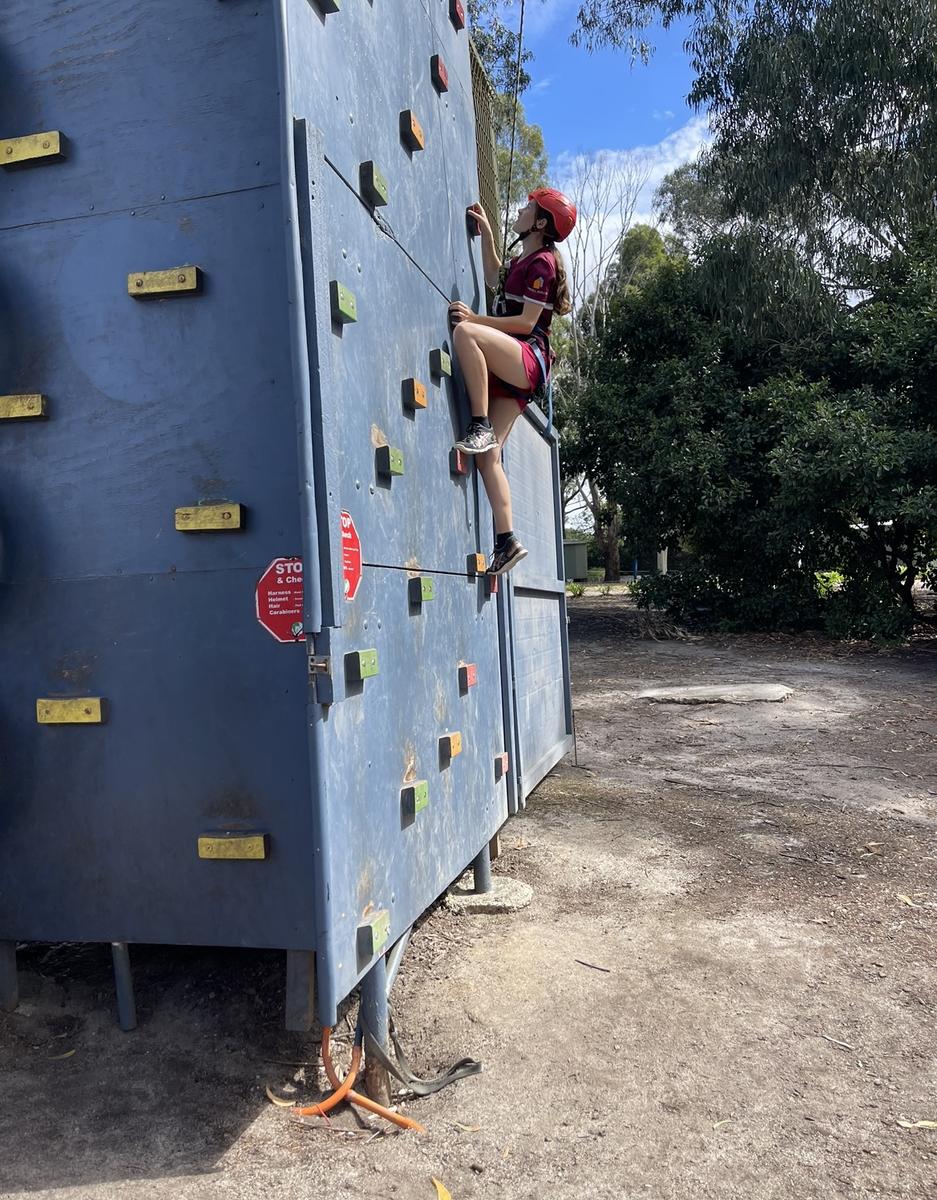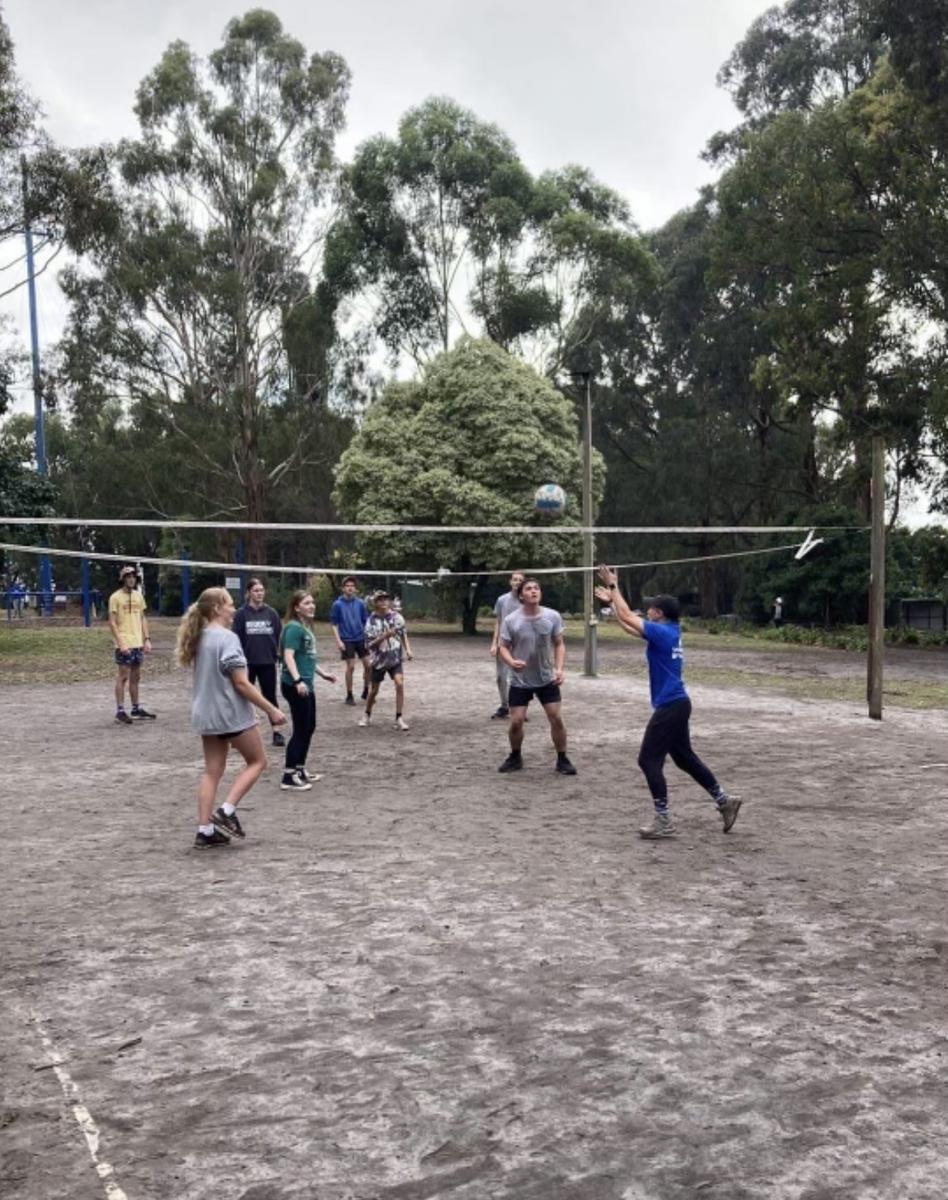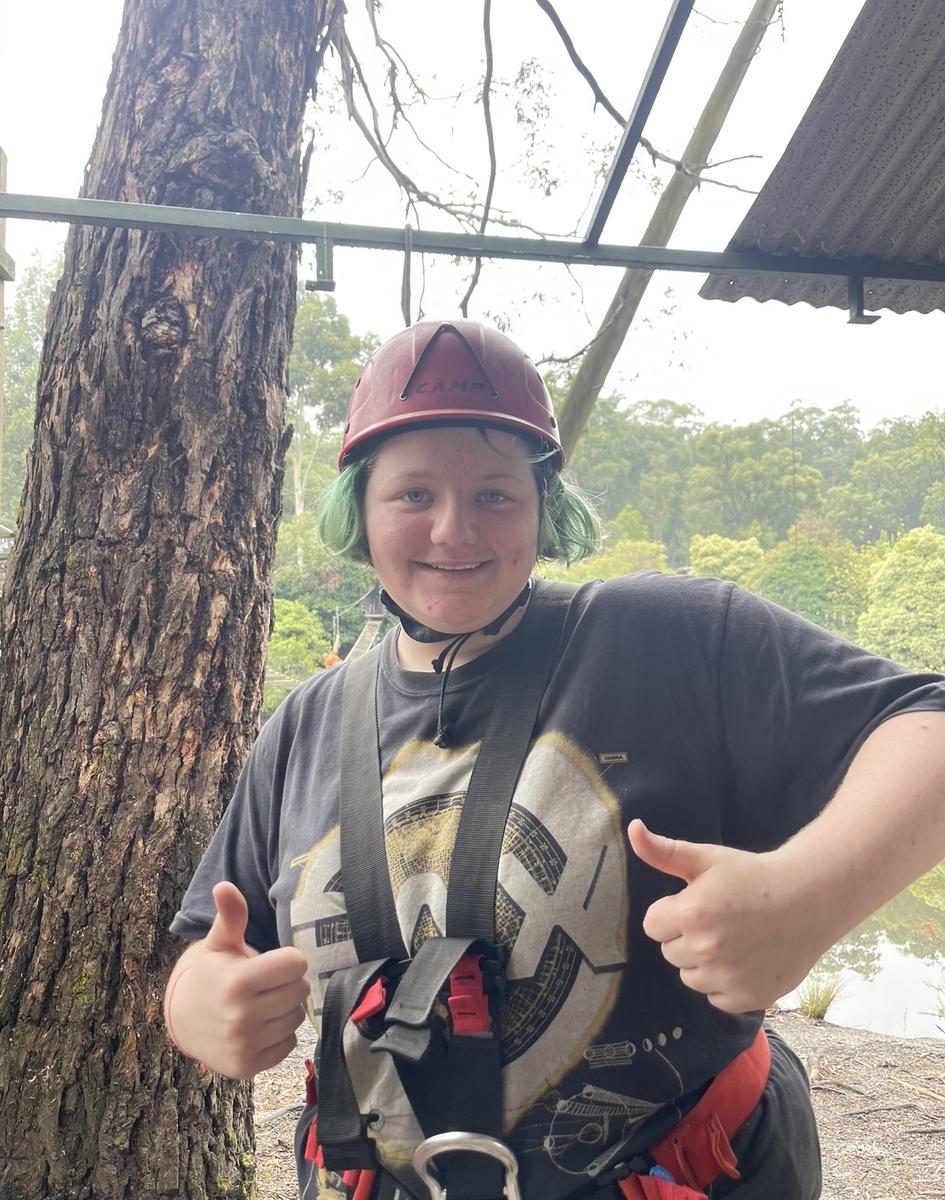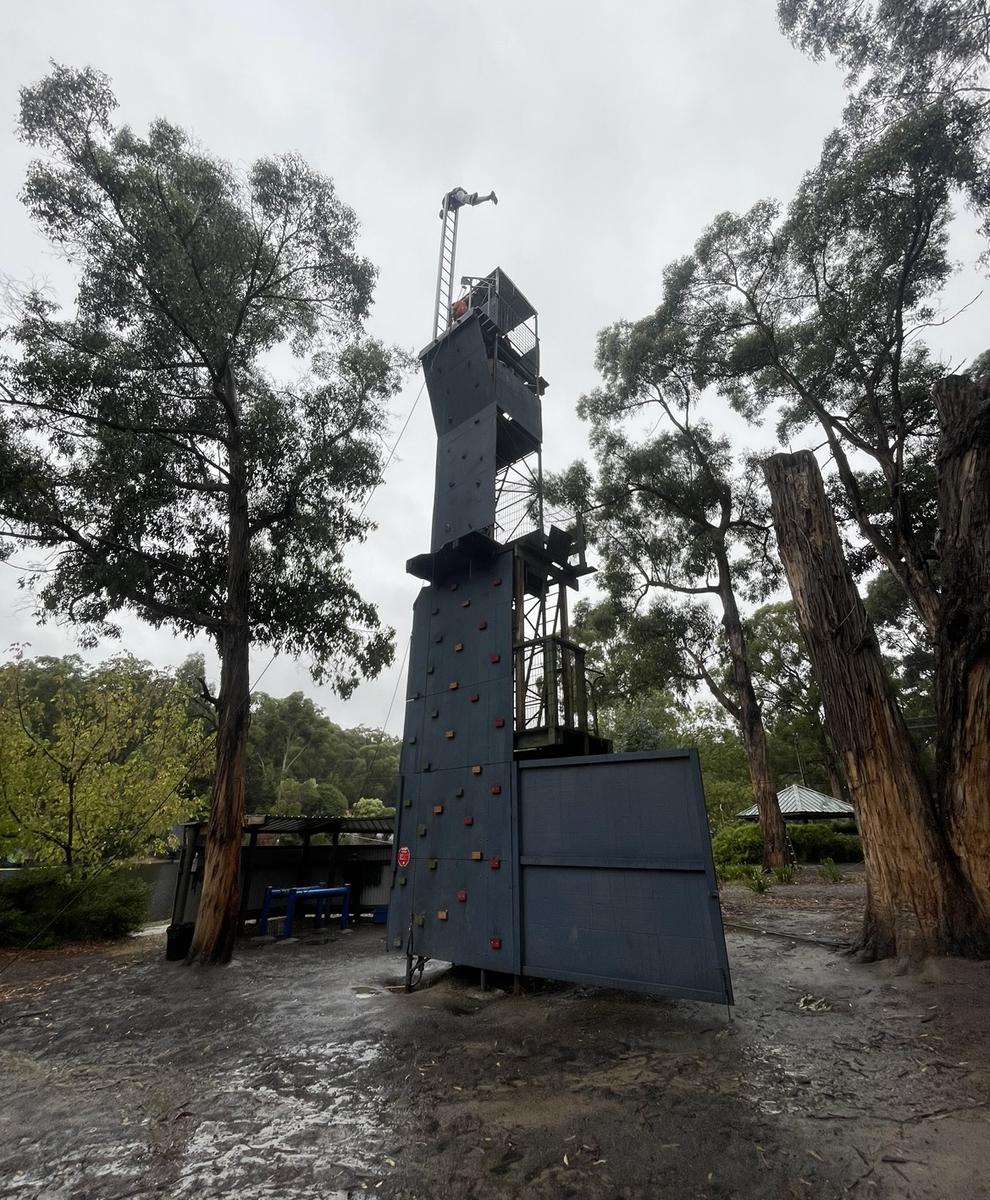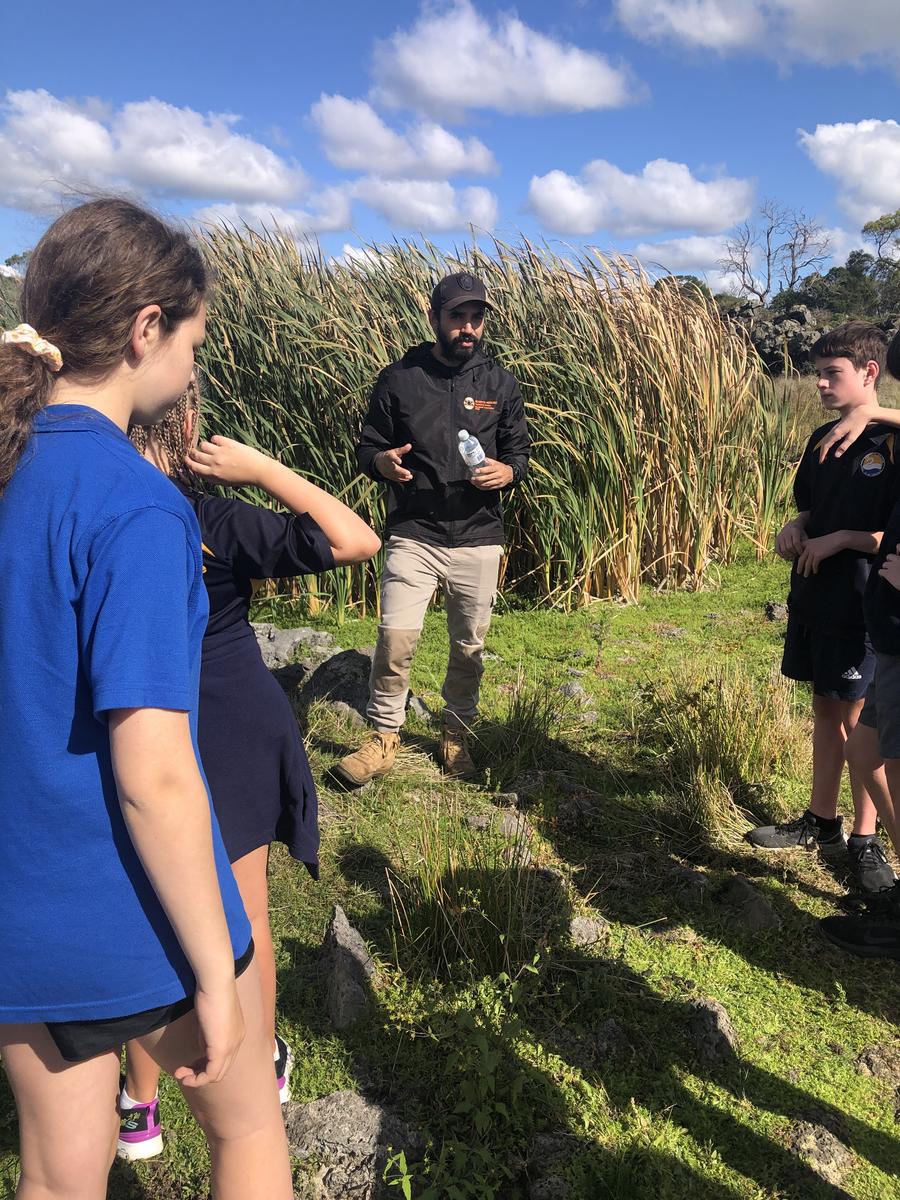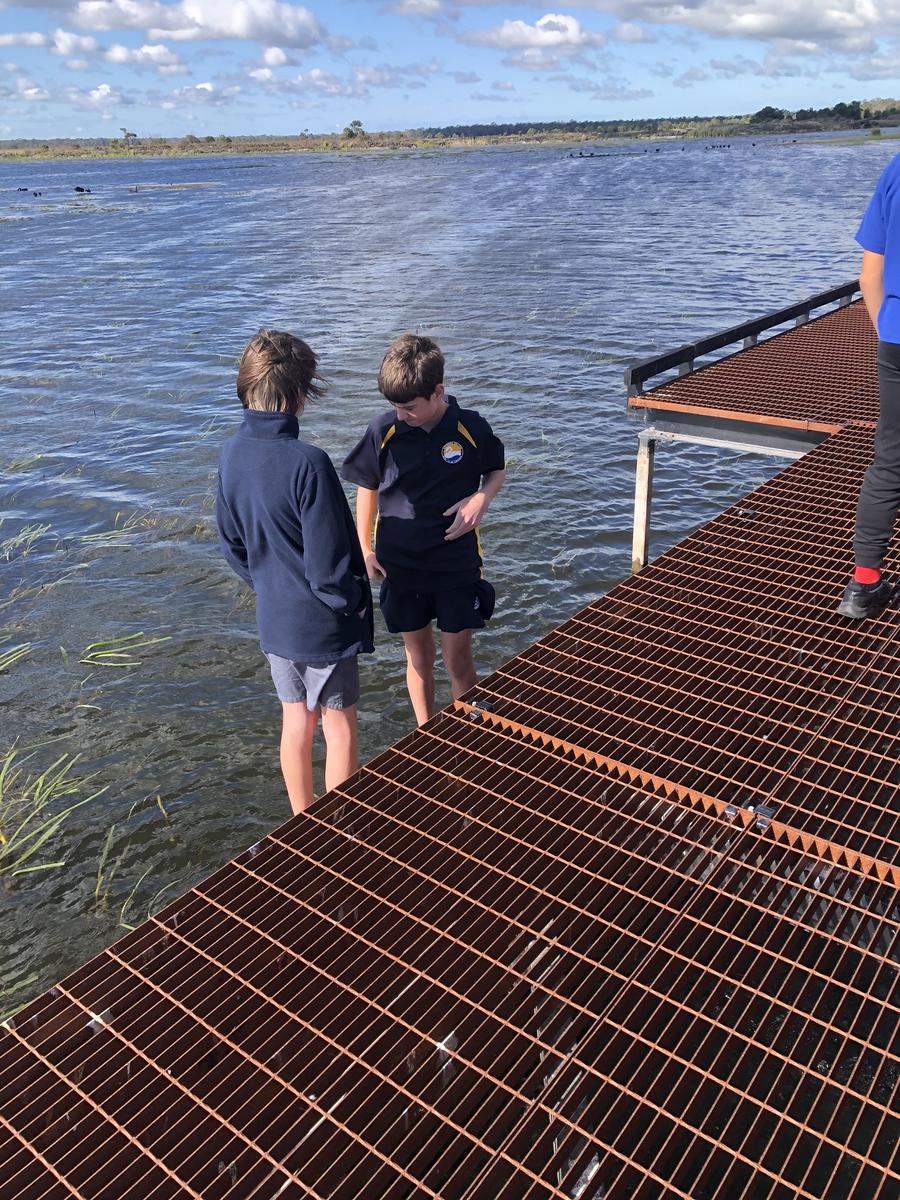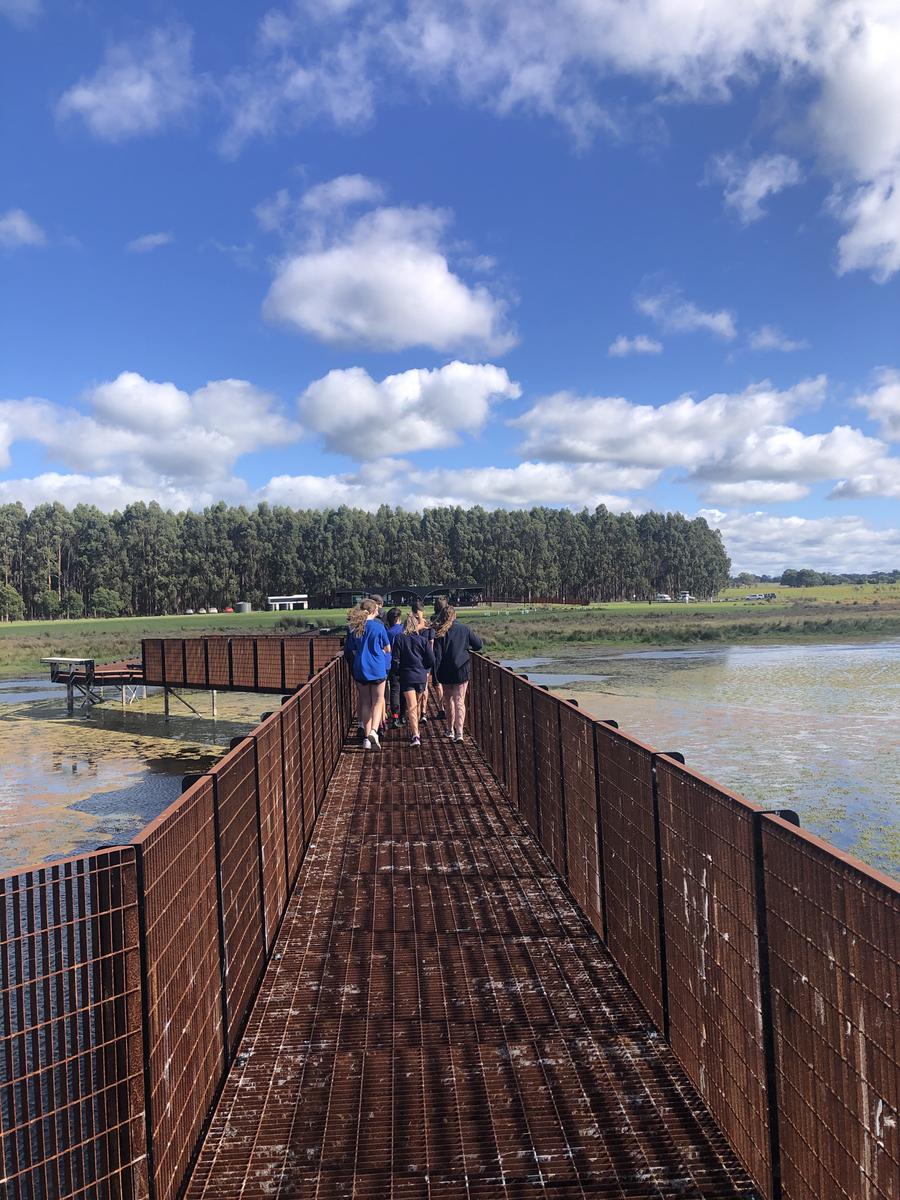Secondary News
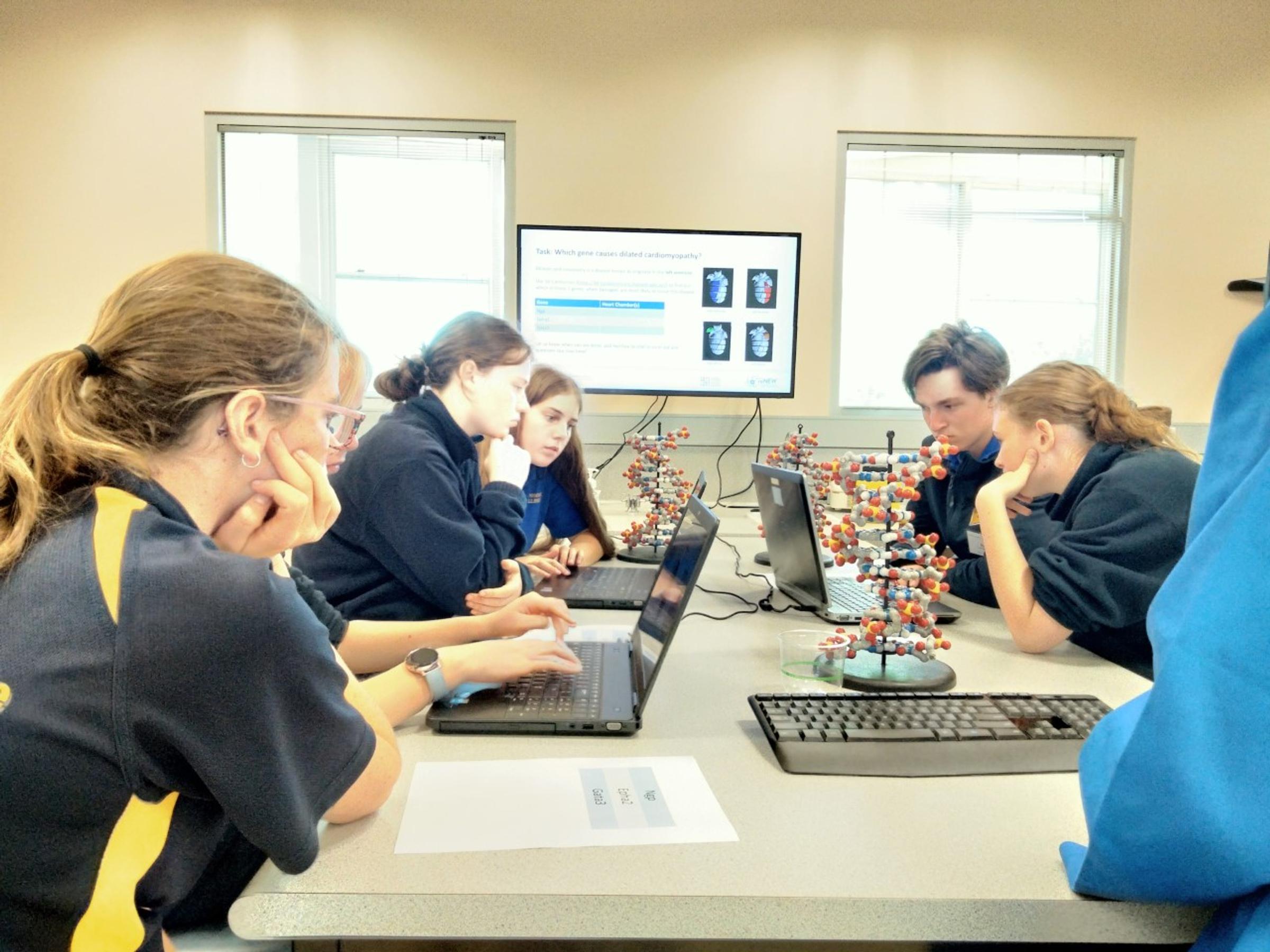
Anzac Day
Private John Peach Enlistment number 5194
Formerly of Edenhope.
Lest we forget
Dear John
You have not been forgotten. Current students of Edenhope have heard your story. Your name on the War Memorial in Edenhope now means so much more to them and we thank you for your service.
We know that you enlisted on the 27 January 1916 when you were 33 years old. Prior to enlistment you were a farm worker. You were Five feet eight inches in height.
John, we know that you trained in Ballarat and Broadmeadows and that you were finally sent overseas on the 29th of August 1916.
You were quite sick during your first months in France and Belgium and spent quite a lot of time in Hospital.
You were wounded in action on the 11th of April 1917 with a gunshot to the chest. I suppose you thought you would be sent home, but after your treatment for the gunshot you were sent back to the battle grounds. I know that your Father Thomas peach was very anxious to know that you were ok.
In History we have learned that the losses on the Western Front numbered in the millions so that any soldier who could possibly stand up and hold a rifle was sent back to the Front.
Sadly John we have learned through your records that you died on the 3rd of April 1918 and that you were buried in a Communal Cemetery two miles West of Albert.
Your father wanted a headstone for your grave but as you were buried with so many of your digger mates, your name is inscribed on a large War Memorial.
Your Father received what remained of your personal effects. An ID disc and chain, two wallets, eight religious books and some photos and cards.
Charlotte Victoria Ballinger from Longerenong was the beneficiary of your will. I wish we knew more about Charlotte and what she meant to you. Like many women who lost their beaus in War she may have mourned you for the rest of her life.
Your brother Joseph was granted a Soldier Settlement block after the war but sadly too he lost his battle and died in 1922. At least he is buried in Edenhope and your Parents and siblings had a place to mourn his loss.
Your remaining brother had a son who enlisted in World War Two and he was named after you and your brother. Sadly he too died as a Prisoner of War of the Japanese.
You received three medals for your service, all cherished by your parents.
We thank you for fighting for freedom and you are not forgotten.
Lest we Forget,
Victoria Heffernan and Year 8 students of Edenhope College
Private Reginald Charles Pilven
Reginald pilven was one of the many Australians who fought in World War 1 for the honor of our country but just like many, he passed away on the field on the 9th of October in 1917 at the young age of 22 years and 11months.
Reginald was born around 1895 and grew up in Edenhope. Reginald ended up having to go to war in 1915. He was of average height, had blue eyes and black short hair.
The war left many family’s grieving, the very same happened to the Pilven family. May we not forget what they did for this country nor what they did to protect their families.
Lest we forget.
Gia Vy Vertue
Year 11/12 Summit Camp
What an amazing few days our students have had. After a very early start Monday morning, we arrived at The Summit around midday. We were split into two groups ‘Vegemites’ and 'Quiet Crickets’ and straight into trust games, meeting our snake friends Monty and Mitch and walking across a bed of nails. An early night was definitely needed. Tuesday was jam packed. Our activities consisted of walking across the sky bridge, completing a scavenger hunt, rock climbing, orienteering and finished off with a monster course which was a very muddy boot camp. We completed this day with a trivia quiz before embarking on our final days journey of climbing up and planking on top of Tash’s ladder and individually working our way through a dark cave. This camp was very challenging and pushed a lot of our students out of their comfort zones. We are so proud of how they faced their fears and grew to overcome these over the three days.
Miss Hardwick, Mr Brennan & Mr McLeish
Year 7 Agriculture
Excursion to Budj Bim
"MY EXPERIENCE AT BUDJ BIM
Yesterday Year 7 went to Lake Condah also known as Tae Rak the name that the Gunditjmara people had given Lake Condah over six thousand years ago. Budj Bim is east of Lake Condah and can be seen in the distance. When we got there one of the rangers, Tyson Lovett-Murray, told us about the history of Lake Condah and Budj Bim. Budj Bim erupted over 30 000 years ago and the lava from the volcano had burnt the ground underneath making lots of channels and dams that the Gunditjmara people used to catch eels and fish. The Gunditjmara people would then smoke the eels and fish so it would last longer. The Gunditjmara people made more channels by putting rocks in the fire and then put the hot rocks over the ground and poured water over them making them crack, this made it easier to catch more eels. The eels are short, finned eels called Koo yang. The Gunditjmara woman would weave eel traps made from the reeds that grew on the land. They would place these traps in the channels so the eels would get stuck in them. Eels eat animals like frogs, snails, fish and insects. People would hunt these eels at night in knee height water because they are more active.
FUN FACTS
Did you know that Aquaculture means Farming for fish?
Did you know that Budj Bim means High Head?"
Maizy Bentley
"On Thursday the year 7s went on an excursion to Lake Condah to visit a place of Aquaculture where 6,000 years ago the Aborigines started farming eels. On the excursion we learnt that the eels {Kooyang} live in Lake Condah for 15 years before they swim 3,000kms out to New Caledonia in the Pacific Ocean to spawn {have their young}. Once born the young eels swim down the coast and then venture through lakes and rivers before coming back to lake Condah. Other interesting things we learnt were that they would hunt for eels at night when they are most active as they are a nocturnal animal. We also learnt about Budj Bim an old volcano meaning high head that last erupted around 30,000 years ago. To make the channels they had to light a fire on the rocks to heat them and then pouring water on them so they would crack and become easier to move. We had a great day and learnt a lot about Aquaculture."
Maggie Treglown

